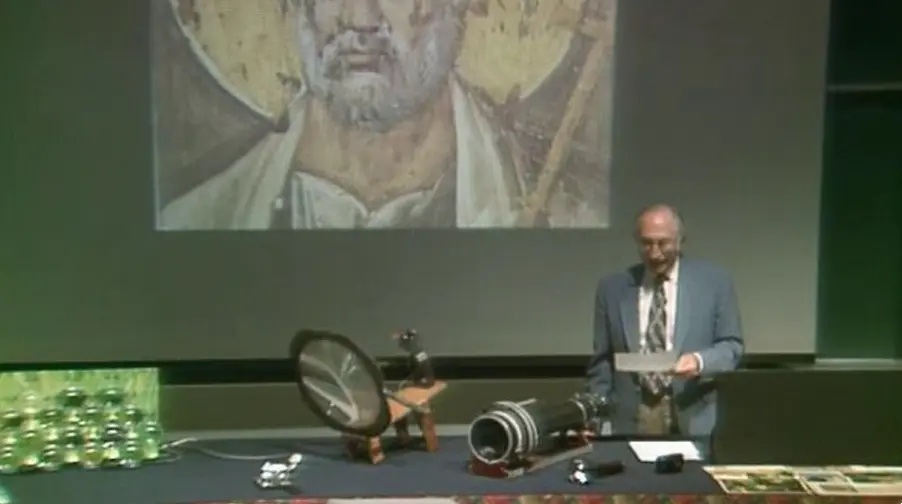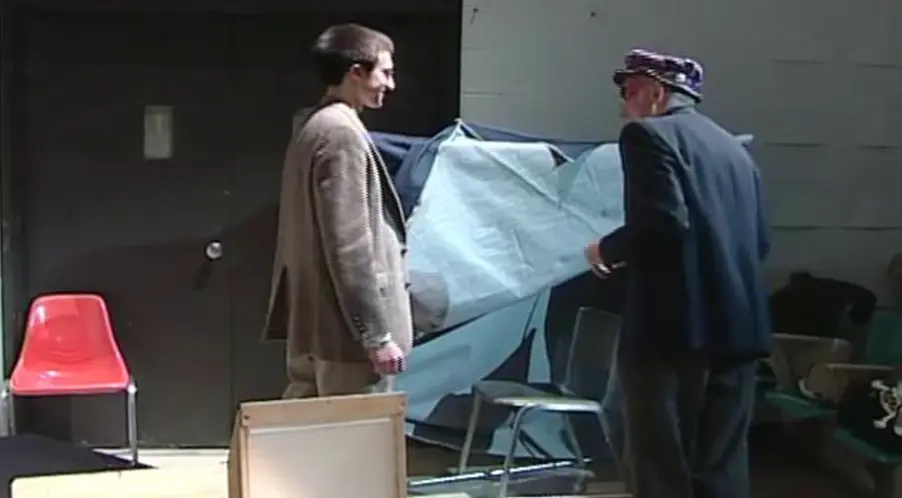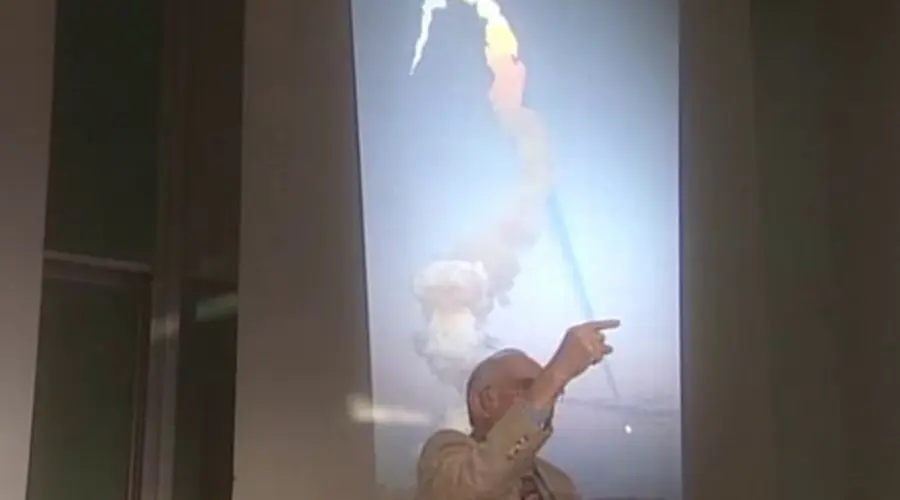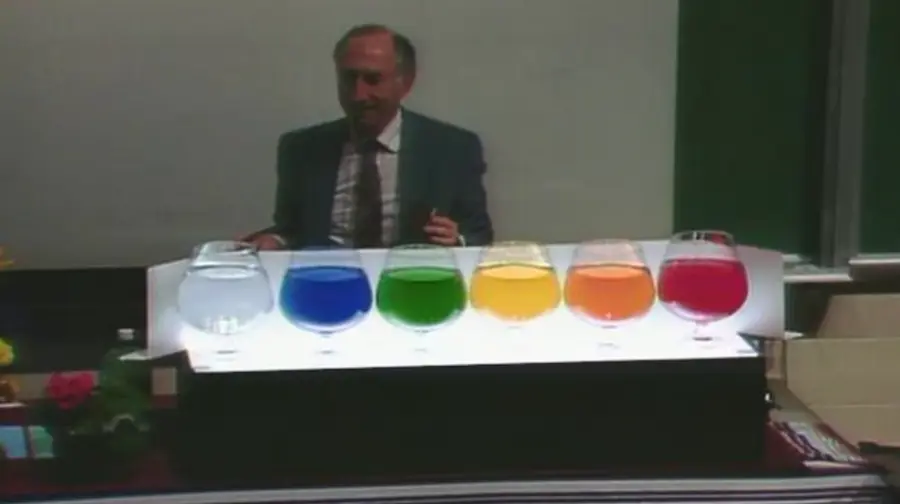Glowing Eyes and Personal Halos: Seeing the Light
Robert Greenler — The “red-eye effect,” halos from antiquity to modern times, the courting ritual of the woodcock, aerial views of Stonehenge — “a whole bunch of things, many of which can be explained by a similar effect” — work …



